Ableton unchains its MIDI controller with the release of Push 3 and goes standalone with an all-new hardware, including MPE, audio interface, and more.
There have long been calls for an Ableton Push standalone with Ableton Live embedded. There were long rumors about a standalone version. There was even a leak in 2020, but it was fake. Three years later one can say: the idea wasn’t wrong because the user’s wish became reality today.
The Berlin-based company Ableton has today unveiled the Push 3. It’s not only a new third version of their popular MIDI controller for Live, but there is a standalone version. And both can sooner or later benefit from this standalone function.
Ableton Push 3
So Ableton took the major step. They put Live in standalone. With all the features we know and love? Yess-noo. You get everything from Ableton Live, including Max For Live, giving you tons of sonic scalping and shaping. But without VST support and the arranger (update). So a little like the Maschine Plus way.
But first, a look at the updated hardware. Important you can choose between two versions:
- standard is the version we know so far: plug in your computer and control Ableton
- standalone gives you a processor, storage, and battery, turning the Push into a standalone groovebox.
Nice, you can start with the classic Push MIDI controller and switch to standalone anytime. An upgrade kit will be available later this year, allowing you to turn it into a standalone device.
Updated Hardware With MPE
Push 3 has a design that is very reminiscent of the Push 2. Yes but there are changes. The new version comes with 64 newly-developed MPE-capable pads that detect finger pressure and placement across X and Y axes for nuanced per-note control.
It allows you to play bends and slides, filter or affect some notes within a chord, or play multiple articulations within one pad. A nice extension that takes the Push controller into new fields of expressivity. And now, the many MPE updates from Live in the last few months make sense. These were all secret preparations for the Push 3 hardware release.
Then there is a new big knob on the right side and some additional buttons on the interface. Push 3 has taken a big step in connectivity. The MIDI and standalone versions benefit from this.
Push 3 now comes with a built-in 2-channel audio interface for recording directly into your Push set or into Ableton Live. It also hosts ADAT input/output sockets for additional inputs and outputs.
There are also two stereo CV/gate signals (4 mono signals) for interacting with your modular or analog gear and a MIDI in/out. Another cool addition is a USB MIDI host port. So you can instantly connect MIDI controllers to it. Before questions come, no audio over USB is not possible.
Battery Operation, Storage, and WIFI
As a standalone instrument, Push is designed to sit at the heart of a laptop-free music setup says Ableton. Push 3 has a built-in battery providing more than 2 hours of cable-free fun. It’s not much, but it’s good that it’s there so you can make music without plugging in a single cable
Plus, you get 256GB of built-in storage, giving you plenty of space for using Ableton Live’s stock instruments and effects, along with your own packs, and sample libraries. All your data can be transferred back and forth using the built-in WiFi module
MIDI or Standalone
I particularly like that Ableton allows users to decide how to start with the Push 3. You can start with the standard MIDI version and later go all-in standalone with the upgrade kit if you have more budget. Or you can go standalone. Both are possible
Further, a big like also for the possibility for keeping the hardware up to date. You can replace the processor, hard drive, and battery later, so your instrument can keep up with the advance of technology. Hope Ableton stays tuned and offers hardware updates that are fair in the future.
According to Ableton, the standalone configuration of Push is powered by a specially-adapted Intel® NUC Compute Element, which combines a processor, RAM memory and WiFi in a credit-card-sized component. A better decision than Native Instruments with the Maschine Plus, which relies on an Intel Atom. Old tech.
First Impression
I hope I made the most important points of Push 3 clear to you. I find Ableton’s move exciting. Yes, I would have liked a larger display. As an active Push 2 user, more display would not be bad. VST support was not to be expected because integration always leads to problems. Licensing, compatibility, etc. Better without and fewer problems.
I’m curious about the performance and how harmonious the whole thing is. I think anyone who doesn’t get along with the Push 2 will not become a Push standalone user either. The workflow is the same for that. But for those who are heavy and “live” users of Push 2, this could be an exciting product.
Push 3 is a powerful device because it gives you Ableton Live in hardware, thanks to the internal instruments, it’s also a versatile multi-voice Synthesizer and MPE controller. I look forward to seeing this product’s evolution over the years.
Availability
Ableton Push 3 standalone is available now for 1899€. The MIDI Controller-only version with a built-in audio interface is out now for 949€. The upgrade kit for turning the Push MIDI version into standalone will cost 990€ and will be available in late 2023. This includes the processor, battery, and hardware drive.
More information here: Ableton

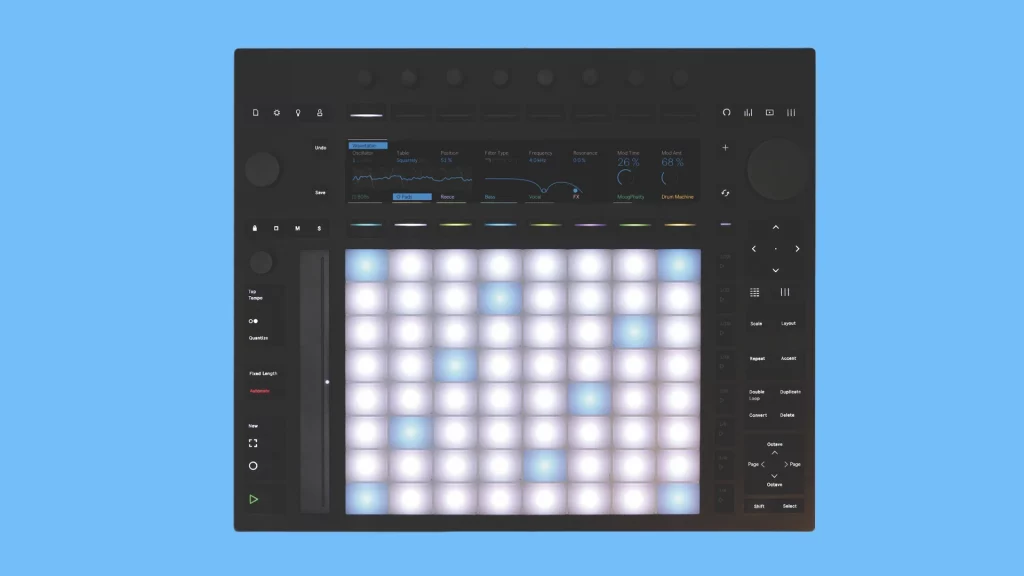

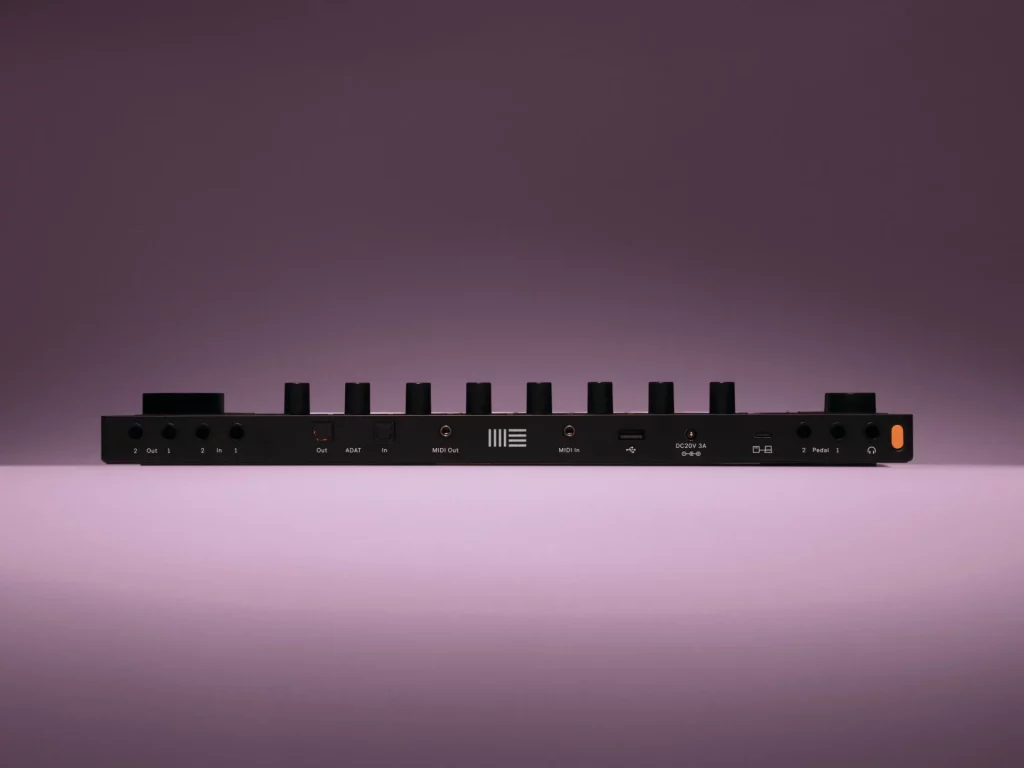
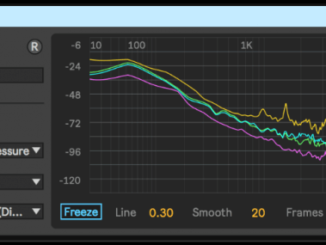
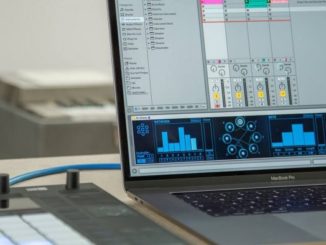
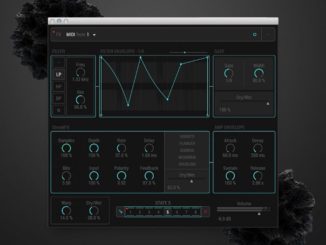
Hello.
You wrote : “They put Live in standalone. With all the features we know and love? Yess-noo. You get everything from Ableton Live”
No, the do not put Live in standalone. A very important feature is missing, the “Arranger view” (see Loopop video starting 32:30)
Hello, yes arranger is missing but also pretty tough on the Push display 😉
No arrangement view.. hmm, So Ableton keeps their encouragement of sticking to the grid with quantisation. Perhaps part of what they consider their USP in the DAW field. But it seems backwards in the current trends of a closer, more elegant intuitive man – machine interaction.
The grid in Session View is only visual, the music does not need to follow any grid or quantization.
Arrangement is actually more rigid and linear than Session View, it is easier to ignore time signature and tempo grids in Session View than Arrangement.
Well, you don’t have to stick to the grid or quantise at all in any DAW. But in my experience Ableton sort of encourage you to do so. It was Live’s revolutionary feature after all. Perhaps you’re right about the different views. My point is that future music software is about capturing the human factor as elegantly and intuitive as possible. This only gets amplified with AI here and the generic overload that’ll follow. I think it’s fair to question if Ableton is stuck in the past in their thinking and this device? Just my gut feeling though.
Built-in lithium battery with up to 2.5 hours play time. Probably 1 hour in real-life situation. Why bother?!